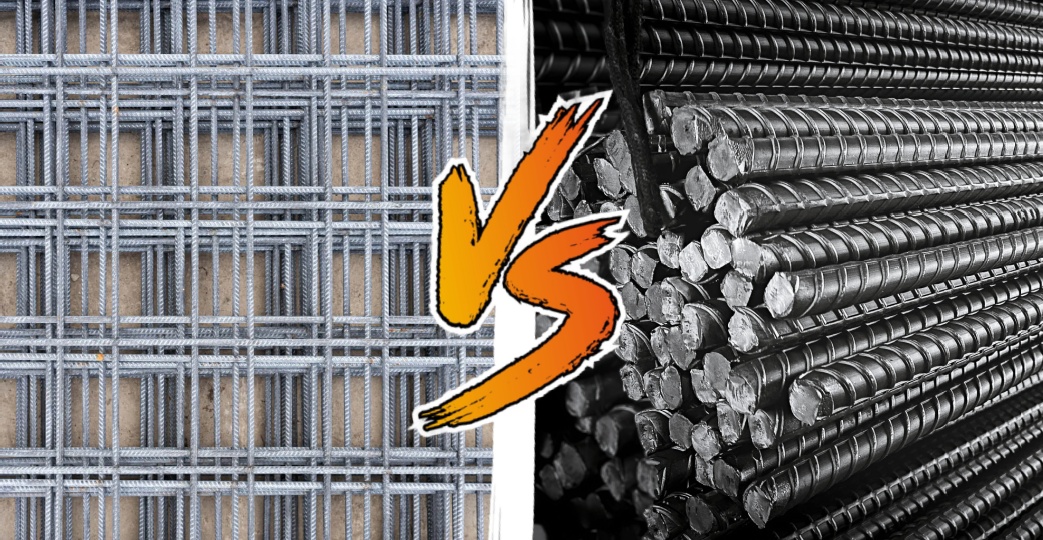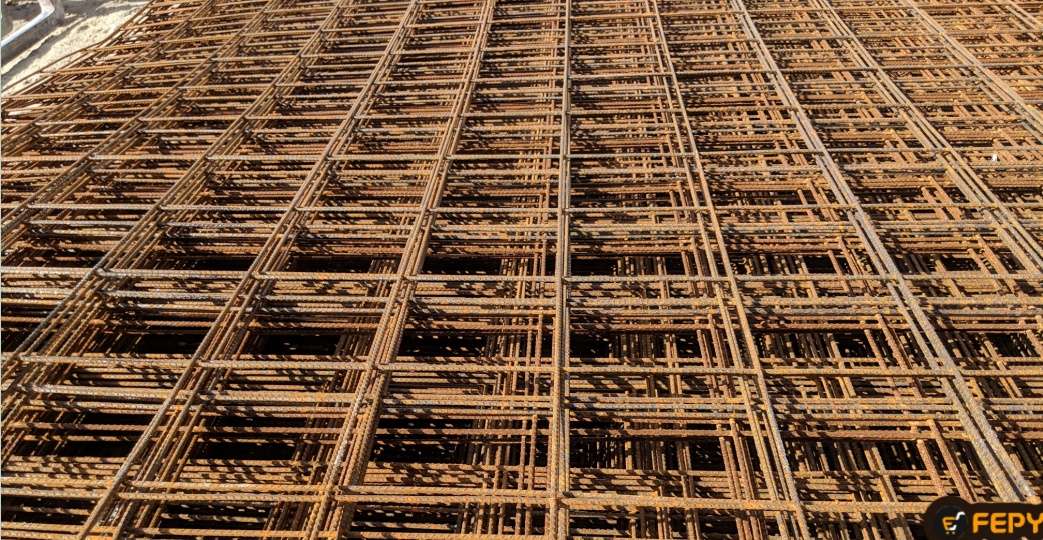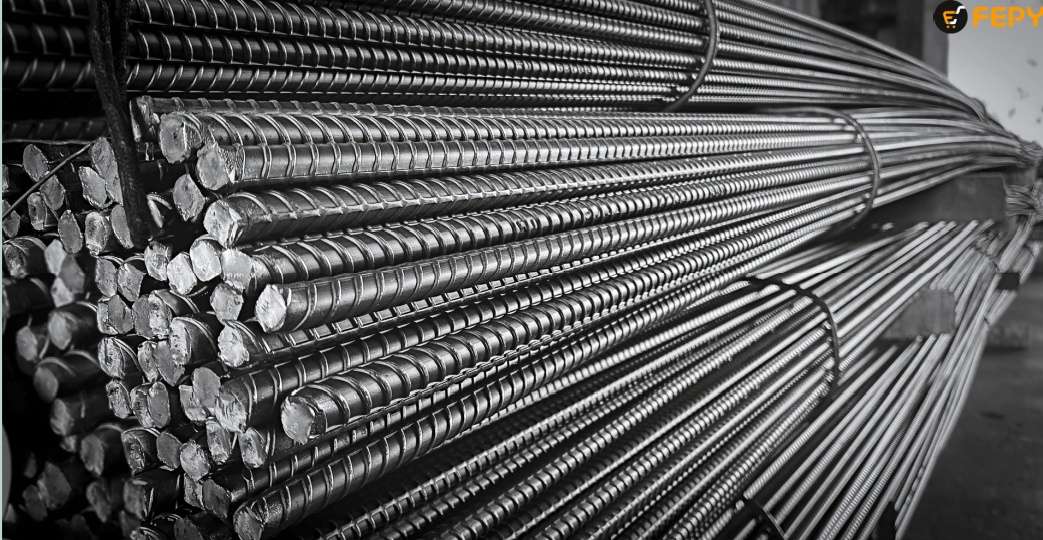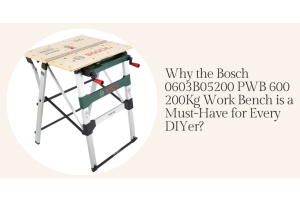Remesh vs Rebar: What's the Difference?

Have you ever wondered what goes into keeping that rock-solid driveway? The secret lies in concrete reinforcement, and this game has two main players: Remesh and Rebar. Both are like hidden warriors, working beneath the surface to prevent cracks and strengthen your concrete. But which one is right for your project? This blog will break down the key differences between Remesh and Rebar.
Remesh vs Rebar: 10 Key Differences
Let's explore the 10 key differences between Remesh and Rebar. These differences help you in selecting the most suitable one for a specific project, considering various factors:
1. Composition
Remesh, also known as wire mesh, is made of thin steel wires woven together in a grid. It is ideal for smaller concrete projects, like driveways or walkways, and its main job is to prevent cracks.
It wants to expand and contract as concrete cures and experiences temperature changes. Remesh bends with it, providing support and keeping those pesky cracks at bay. Thanks to its lightweight and manageable size, it's also easier to work with for DIY projects.
Rebar, on the other hand, is the Hulk of concrete reinforcement. These are thick steel bars with ridges along their length. These ridges help them grip the concrete for a stronger bond.
Reber is the go-to choice for heavy-duty projects requiring serious strength, such as foundations, walls, and industrial buildings. Rebar's extra muscle also makes it more corrosion-resistant to handle a wider range of environments.
Key Takeaway: Remesh is your go-to for flexibility and crack prevention in smaller projects. Rebar brings the heavy-duty strength for those bigger jobs that require maximum muscle.
2. Strength
Think of Remesh as a pliable teammate. Thinner wires give it some extra strength, thanks to welded joints. Yet, honestly, it doesn't rival Rebar's pure power.
Rebar is the 'biggie' when we talk about firming up concrete. The steel bars are mighty and built to bear heavy burdens and strain. They halt cracks and stop concrete from warping under stress.
This comparison of strength plays a big role. Larger undertakings like bridges and blocky skyscrapers necessitate the robust backbone Rebar provides. It is like the spinal column keeping everything intact.
However, wire mesh has utility in lesser tasks, such as driveways or footpaths. It aids in curtailing cracks and distributing weight evenly, even if it doesn't match Rebar's might.
Key Takeaway: Rebar is the best choice for larger constructions requiring great strength. Remesh could be your go-to for minor endeavours where heavy-duty support is unimportant.
3. Cost
Remesh is easier on your wallet than Rebar. It uses thinner wires, so less material is needed, and it comes in handy rolls or sheets. You can unroll it, snip it to size, and slap it down faster than wrestling with individual rebar bars and tying them all together.
But remember, cheaper doesn't always mean better. While both mesh and Rebar are reinforced concrete, Rebar packs a bigger punch. Those thicker bars can handle way more stress than the thinner wires in mesh.
The key is figuring out how much muscle your project needs. Sometimes, the extra strength of the Rebar is worth the extra cash. However, mesh can be a smart, cost-effective choice for less demanding jobs.
Key Takeaway: Remesh is your budget-friendly buddy for lighter projects. Rebar brings heavy-duty strength when you need serious muscle for your concrete.

4. Installation
Remesh is like prefab concrete reinforcement furniture. It comes in rolls or sheets, so you must cut it to size and lay it down. It's so easy. There's no need to mess with individual bars or spend ages tying them together.
It makes it perfect for smaller projects or tight spaces where manoeuvring bulky rebar bars would be a nightmare.
Rebar, on the other hand, is more like building furniture from scratch. You get individual steel bars that must be cut, bent, and tied together with wire to create a strong framework.
It's more labour-intensive than mesh. But that extra effort is worth it for heavy-duty jobs. Rebar is the go-to for big projects where the concrete needs to handle serious weight and pressure.
Key Takeaway: Remesh wins for quick and easy installation in smaller projects. Rebar takes more time and effort but is the stronger choice for heavy-duty concrete jobs.
5. Flexibility
Remesh is the bendy straw of concrete reinforcement. It can easily conform to curves and odd shapes. It is perfect for projects with unique features, like curvy walkways or structures with pipes and ducts snaking through them. You can just cut and bend the mesh to fit anything!
Conversely, Rebar is more like a metal rod – not known for its flexibility. Those thick bars are great for strength, but they're not fans of changing directions.
So, Rebar is awesome for simple, straight-up concrete jobs. But if you're dealing with curves or anything out of the ordinary, remesh is the more flexible friend to have on your side.
Key Takeaway: Remesh bends to your will for projects with tricky shapes, while Rebar provides the strength for simple, straightforward concrete jobs.
6. Load-Bearing
Remesh is the supportive star of concrete reinforcement. It tackles common projects like driveways, walkways, and patios. Here, it's all about preventing cracks from forming due to temperature changes or the ground settling.
It's cost-effective, easy to install, and perfect for these lighter-duty jobs around the house.
Rebar, however, is the concrete workhorse. It's built for heavy lifting, literally! Think foundations, walls, and big industrial projects. Rebar's serious strength helps the concrete handle heavy loads and stress.
The bars are arranged in a grid-like pattern to spread the weight evenly and support the structure. It is crucial for load-bearing structures, where a crack or failure could be a big problem.
Key Takeaway: Remesh keeps the cracks away in non-load-bearing projects. Rebar tackles heavy-duty jobs like foundations and walls where serious strength is needed.
7. Crack Prevention
Remesh and Rebar tackle cracks in different ways. Remesh is more about controlling those tiny cracks that pop up as concrete dries.
It holds everything together and keeps those surface-level cracks from becoming big. But for bigger, worse cracks caused by heavy stuff like cars or shifting soil, Rebar is your hero.
Rebar gives concrete the strength to resist cracks under pressure. Consider a driveway—Rebar helps spread the weight of cars and stops the concrete from cracking under all that stress. It's usually placed near the top of the concrete slab, where it can best fight those upward forces.
How well Remesh or Rebar prevents cracks also depends on the thickness of the concrete and how well the ground is prepped.
A solid foundation with good soil can help prevent cracks even with less reinforcement. But for most homes, especially driveways that get a lot of traffic, Rebar is the way to go for ultimate crack prevention.
Key Takeaway: Remesh handles minor shrinkage cracks, while Rebar is the muscle you need to prevent bigger cracks caused by heavy loads and bad soil.

8. Labor Requirements
Remesh is your low-maintenance friend when it comes to installation. It comes in rolls or sheets, so you have to unroll it, cut it to size, and plop it down.
There is no need to spend ages wrestling with individual rebar bars and tying them together. It makes it perfect for DIY projects or smaller jobs.
Rebar, on the other hand, requires a bit more muscle. Individual steel bars must be positioned, bent if necessary, and tied together with wire or welds to create a strong network.
It's more labour-intensive than mesh, but that extra effort translates to serious strength for heavy-duty projects.
Key Takeaway: Remesh is the quicker and easier option for smaller jobs. Rebar takes more time and effort to install, but that extra work is worth it for heavy-duty concrete jobs requiring maximum muscle.
9. Space Utilisation
Remesh is like a tiny house of concrete reinforcement. It takes up less space than those thick rebar bars. It is a win for projects with limited space or thin concrete slabs.
You can pour a thinner layer of concrete without the reinforcement poking through the surface, keeping things nice and neat.
Rebar, on the other hand, is more like a mansion on concrete land. Those thick bars need more space, so your concrete slab needs to be thicker to accommodate them and ensure they're not sticking out. It can sometimes mean spending more on materials and labour.
Even though Remesh takes up less space, it could be stronger than Rebar. So, despite the space squeeze, Rebar might be the better option for projects that need to handle heavy loads.
Key Takeaway: Remesh takes up less space in your concrete, perfect for tight spots or thin slabs. But Rebar is the king of strength for heavy-duty jobs, even if it needs more room.
10. Application
Remesh is commonly used in concrete for driveways, patios, and basement floors—projects that don't need to withstand the world's weight. It helps prevent tiny cracks from forming and spreading, keeping things nice and even.
A rebar is a thick steel bar with ridges along its surface. These ridges help grip the concrete super tight, allowing it to work together as a team.
Rebar is used for heavy-duty jobs like foundations, columns, and bridges—anything that must handle serious weight. It stops concrete from bending, cracking, and falling apart under pressure.
In simpler terms, remesh is for lighter jobs around the house, while Rebar is the muscle you need for big construction projects.
Sometimes, though, you can even use both! Think of a driveway – Rebar for the heavy lifting and remesh to keep those tiny cracks at bay.
Key Takeaway: Remesh tackles non-load-bearing projects at home, while Rebar brings the muscle for heavy-duty construction jobs. The best choice depends on your project's needs and how much weight it needs to handle.
Remesh vs Rebar: Comparison Chart
|
Parameter |
Remesh | Rebar |
| Composition | Thin steel wires welded together in a grid pattern |
Thick steel bars with deformations (ribs) on the surface |
| Strength | Lower tensile strength |
High tensile strength |
| Cost | Less expensive due to lower material and labour costs |
More costly due to higher material and labour costs |
| Installation |
Easier to install - unroll, cut, and place |
More labour-intensive - requires cutting, bending, and tying individual bars |
| Flexibility |
More flexible - can be easily cut and bent to fit irregular shapes |
Less flexible - better suited for straight, simple concrete jobs |
| Load-Bearing |
Not suitable for load-bearing structures |
Ideal for load-bearing structures like foundations, walls, and beams |
| Crack Prevention |
It helps control shrinkage cracks and prevent minor surface cracks |
More effective in preventing larger cracks caused by heavy loads and expansive soil |
| Labor Requirements |
Less labour is required for the installation |
More labour is required for cutting, bending, and tying bars |
| Space Utilisation |
Requires less space in the concrete due to thinner wires |
Requires more space in the concrete due to thicker bars |
| Application |
Ideal for non-load-bearing applications like driveways, walkways, and patios |
Ideal for load-bearing applications like foundations, walls, beams, and slabs |
Final Words
Remesh and Rebar hold their ground in concrete reinforcement, each providing unique benefits. Deciding between the two can be challenging; sometimes, a combo works best. Always buy remesh and Rebar from FEPY, the leading e-commerce store for construction materials and tools.
FEPY had the top-quality product from top manufacturers at the most cost-effective prices. Moreover, you can talk to their experts and find the best solution. You can get massive discounts if you buy in bulk. Enable push notifications on FEPY's website and first to know about their deals and offers.




